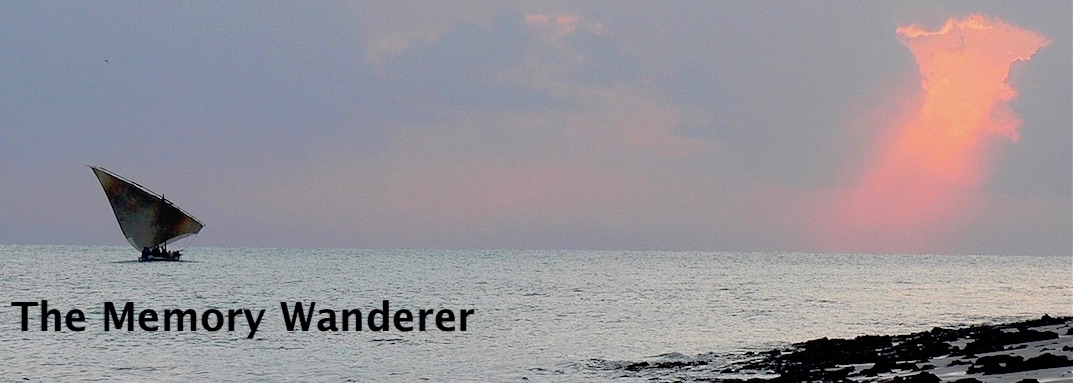 To my brother Richard and I, this was a beach - miles of coral sand backed by ranks of palm trees, lots of rock pools to explore at low tide, and warm waters, all under a balmy trade wind. However, every three years my parents went 'home' on leave and we had to contend with....
To my brother Richard and I, this was a beach - miles of coral sand backed by ranks of palm trees, lots of rock pools to explore at low tide, and warm waters, all under a balmy trade wind. However, every three years my parents went 'home' on leave and we had to contend with....
These south coast beaches were pebbly and, in those days, often covered in tar which came ashore when passing ships cleaned out their bunkers, but....
....this is the long sandy beach at Great Yarmouth where the family came every leave to spend time with my father's relatives, most of whom lived in Yarmouth or Caister. It also gave my father a chance to enjoy a beer or several in The Ship Inn in Caister, a pub which had large photographs of trawlers and drifters on its walls, many of them featuring Hayletts.Later there were leaves which occurred during Richard and my summer holidays when, instead of flying out to Mombasa for our annual reward for putting up with ten months in miserable boarding schools in England, we spent them in places like Launceston: this picture was taken at Tintagel Castle.
I well remember that Richard and I insisted that my mother brought with her the bush jackets we would have worn had we been in Africa, which we wore over a sweater; on our feet are wellington boots.

























































